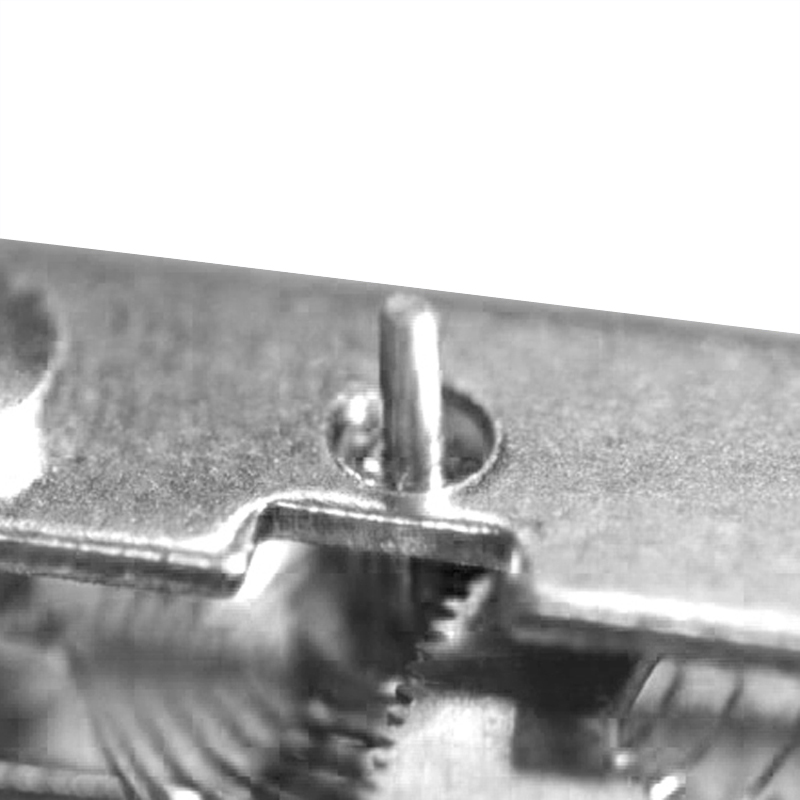
sie . 08, 2024 02:15 Back to list
Understanding the Functioning of ODM Differential Pressure Gauge with Diaphragm Technology
Understanding ODM Differential Pressure Gauge Diaphragm
Differential pressure gauges are essential instruments used across various industries to monitor the pressure difference between two points within a system. Among the key components that ensure the accuracy and reliability of these gauges is the diaphragm. ODM differential pressure gauge diaphragms are specifically designed to meet the stringent demands of modern applications, making them a critical element in process control and monitoring.
What is a Differential Pressure Gauge?
A differential pressure gauge measures the difference in pressure between two input points, providing valuable insights into the condition of various systems. These instruments are widely used in applications such as HVAC systems, filtration monitoring, and process control in manufacturing, where maintaining optimal pressure levels is critical for efficient operation.
The Role of the Diaphragm
At the heart of a differential pressure gauge lies its diaphragm. This flexible membrane separates the two pressure chambers and responds to changes in pressure. When pressure is applied, the diaphragm deflects, creating a mechanical movement that translates into a readable value on the gauge. The performance of the diaphragm directly impacts the gauge's accuracy, sensitivity, and response time, thus making its design and materials crucial factors.
ODM Diaphragm Technology
ODM (Original Design Manufacturer) diaphragms are engineered to meet the specific requirements of differential pressure gauges used in demanding environments. These diaphragms are produced using high-quality materials that offer excellent resistance to corrosion, high temperatures, and mechanical stress. Common materials for ODM diaphragms include stainless steel, fluoropolymers, and elastomers, each chosen based on their compatibility with the fluids being measured and the application's temperature and pressure conditions.
odm differential pressure gauge diaphragm

One of the significant advancements in ODM diaphragm technology is the precision manufacturing processes used to create these components. Advanced techniques such as laser cutting and CNC machining ensure that diaphragms are produced with high dimensional accuracy, allowing for better performance and longevity. Additionally, ODM manufacturers often provide customization options, enabling clients to tailor the diaphragm’s design to meet specific application needs, enhancing the gauge's efficiency and reliability.
Benefits of Using ODM Diaphragms
1. Increased Accuracy High-quality ODM diaphragms improve the overall accuracy of differential pressure readings by offering consistent performance across a range of pressures.
2. Enhanced Durability With superior material properties and precise manufacturing techniques, ODM diaphragms are designed to withstand harsh conditions, reducing the likelihood of failure and extending the lifespan of the gauge.
3. Custom Solutions ODM manufacturers can create tailored diaphragms based on the requirements of the application, ensuring optimal performance for specific operating conditions.
4. Cost Efficiency Investing in reliable ODM diaphragms can lead to reduced maintenance costs and downtime, ultimately improving operational efficiency.
Conclusion
In conclusion, the significance of ODM differential pressure gauge diaphragms cannot be overstated. They play a pivotal role in ensuring the accuracy and reliability of differential pressure measurements, which are vital for numerous industrial applications. As technology continues to evolve, the design and manufacturing processes of these diaphragms will likely advance further, offering even greater precision, flexibility, and durability. For industries reliant on precise pressure monitoring, understanding the importance of high-quality ODM diaphragms will be crucial for sustaining operational excellence and efficiency.
-
High-Precision 5 Valve Manifold Differential Pressure Gauge Suppliers
NewsApr.29,2025
-
High-Precision Diaphragm Vacuum Pressure Gauges Manufacturers & Quotes
NewsApr.29,2025
-
Omega Differential Pressure Gauges High Accuracy & Durability
NewsApr.28,2025
-
Low Pressure Differential Pressure Gauges Precision Solutions & Quotes
NewsApr.28,2025
-
Digital Diaphragm Pressure Gaauge Precision Measurement & OEM Quotes
NewsApr.28,2025
-
Differential Pressure Gauge China Price High-Accuracy & Best Quotes
NewsApr.28,2025
